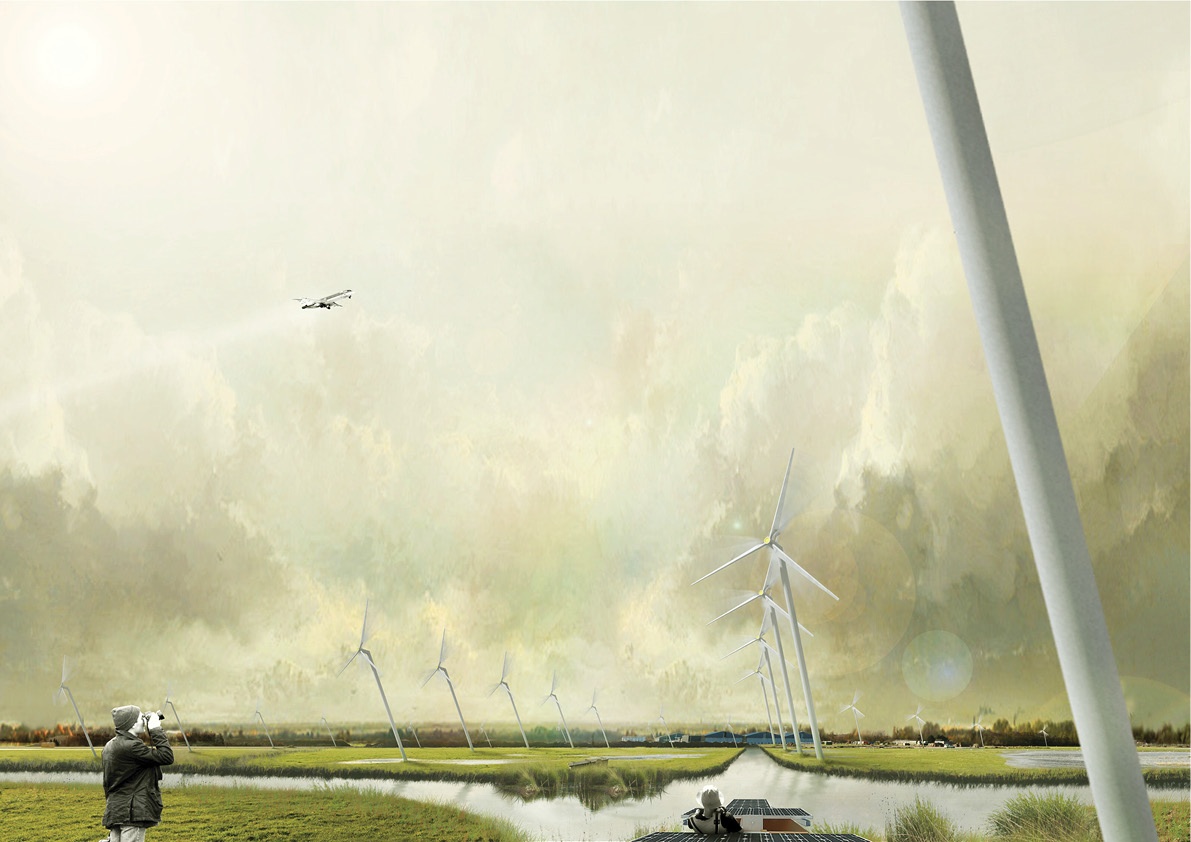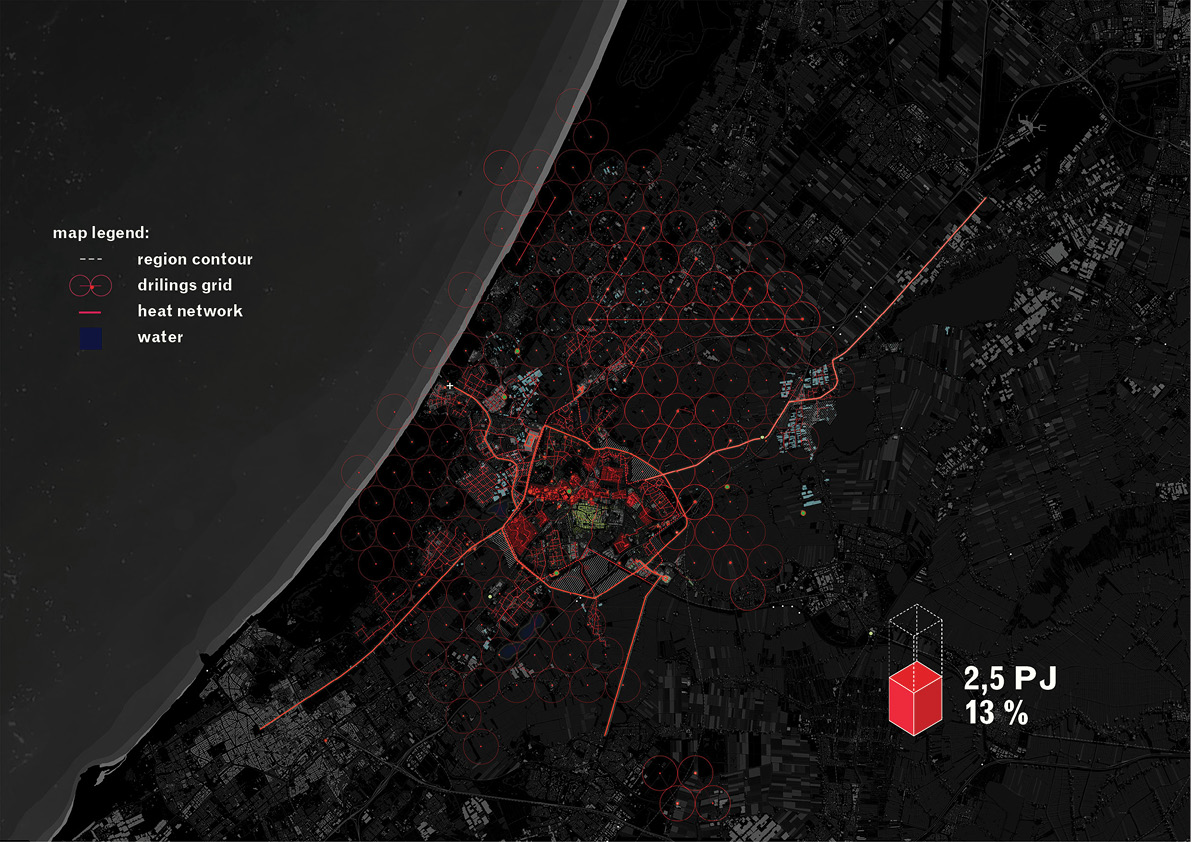Hart van Holland

Strategies Combined for 2050

Wind Turbines park as example of energy productive landscape

Energy park as example of energy productive landscape

Thermal Energy - Implementation and potential use

Solar Energy - Implementation and potential use

7 Steps in the production of spatial and strategical solutions for energy transitions